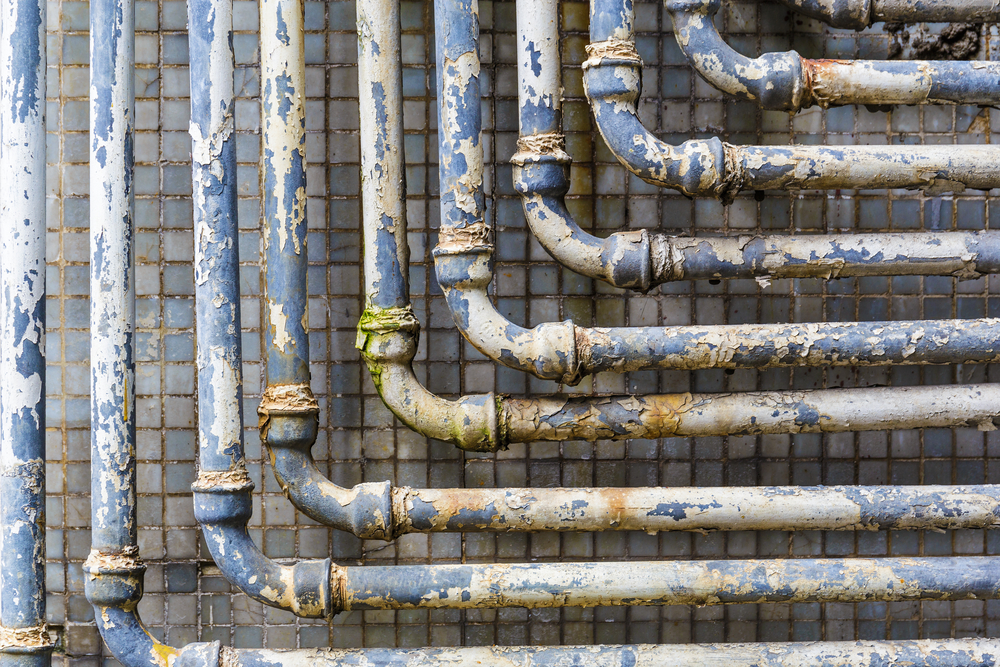Testing for Lead & Copper in Drinking Water

The Safe Drinking Water Act requires the USEPA, State and Local regulators (e.g., NJ Department of Environmental Protection) to regulate water provided by Public Water Systems. Schools K-12 including daycare and early learning facilities are required to test lead and copper levels periodically. Lead and copper contamination can occur from the use of lead and copper piping, lead-based solder, brass and chrome-plated faucets and pipe fittings.
Action levels, as defined by the NJDEP, USEPA Lead Copper Rule, and others express a health or physical hazard. They indicate the level of lead or copper that may require medical surveillance or increased monitoring. If the concentration of lead exceeds the action level of 15 parts per billion or exceeds a copper concentration of 1300 parts per billion, the facility must undertake additional actions to control corrosion and contamination, though any level of contamination is considered to be a hazard. The newly proposed USEPA Lead Copper Rule (LCR) also adds a “trigger” level for lead as 10 parts per billion that may require action and have reporting consequences.
iATL performs high quality analysis of metals in drinking water through US EPA 200.9 method of Atomic Absorption Spectroscopy Graphite Furnace (AAS-GF). For more information about drinking water requirements for your business, please visit USEPA SDA, NJ.gov, etc.
Instructions for Sampling
- Water must be settled and unused at your facility for a minimum of 8 hours before taking the samples.
- Fill one 250 ml water bottle (size and configuration may vary per jurisdiction) at each drinking water station in your facility. Water bottles may be provided by iATL at a small cost. Please refer to official sampling requirements on whether one or two draws are to be taken at each station.
- Label each bottle with the station (Point of Use – POU) where the sample was taken and log it on the Chain of Custody form.
- Once the samples are taken at each station, seal the bottles well and reinforce the bottle caps with tape to ensure there will be no leaks in transit. Leave some head space for expansion (~1cm) for airborne transportation.
- Please place all paperwork in a sealed ziploc bag to keep forms from getting wet or damaged.
- Package and ship the samples to us or drop them off at our laboratory at 9000 Commerce Parkway B, Mt. Laurel, NJ 08054 for analysis.
- Results of the sample analysis will be available through our iTRACC client portal.
For more information about our drinking water testing services please contact customer service at +1-856-231-9449 or info@iatl.com

